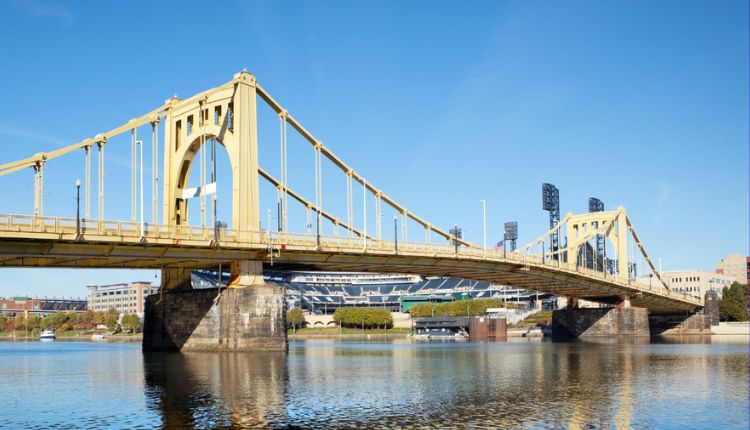Drive under almost any highway overpass built in the 1960s or 70s Steel, and you will likely see the symptoms of a slow-motion disease. It starts with reddish-brown stains streaking down the concrete columns. Then comes the spalling—chunks of concrete falling off, exposing a grid of rusted, deteriorating metal beneath.
This is “concrete cancer,” and it is the single biggest threat to global infrastructure. It is caused by a fundamental chemical incompatibility. We reinforce concrete (which is porous and brittle) with steel (which loves to oxidize). When salt from ocean spray or winter de-icing roads seeps into the concrete, the steel rusts. When steel rusts, it expands up to seven times its original volume. This internal pressure blasts the concrete apart from the inside out.
We are currently caught in a multi-trillion-dollar cycle of repair, patch, and repeat. But the frustrating reality is that we already have the cure. We have materials that are stronger than steel, lighter than aluminum, and, crucially, chemically impervious to salt and rust. So why are we still building the skeletons of our cities with a material destined to decay?
The Non-Corrosive Alternative
The solution lies in shifting from heavy metals to advanced composites—specifically, Fiber Reinforced Polymers (FRP).
In the context of civil engineering, this usually looks like “black rebar.” Instead of heavy, ribbed steel bars, engineers can use rebar made from high-strength fibers (glass, basalt, or carbon) bound together by a polymer resin.
The advantages are transformative:
-
Immortality: A composite bar cannot rust. You could submerge it in saltwater for 100 years, and it would retain its structural integrity. This breaks the cycle of “concrete cancer” entirely.
-
Strength-to-Weight: These materials possess a tensile strength significantly higher than steel, yet they are one-quarter the weight. This drastically lowers transportation costs and allows construction crews to move materials without heavy lifting equipment, reducing job site injuries.
-
Longevity: A bridge reinforced with composite rebar can theoretically last 100 years with minimal maintenance, compared to the 40-to-50-year lifespan of a steel-reinforced structure in a corrosive environment.
The “First Cost” Fallacy
If the material is superior, the hesitation to adopt it is almost entirely economic and bureaucratic.
The construction industry is notoriously conservative. Codes and standards are written in blood and history; changing them takes decades. Engineers know exactly how steel behaves; they have 150 years of data. Composites, despite being used in aerospace for decades, are still viewed as “novel” in the slow-moving world of concrete pouring.
But the biggest hurdle is the “First Cost” fallacy. Pound for pound, composite reinforcement is more expensive upfront than standard carbon steel. When a municipality puts a bridge project out for bid, the decision is often driven by the lowest initial price tag. Steel wins that battle every time.
However, if you calculate the “Lifecycle Cost”—including the cost of shutting down the bridge for repairs in 15 years, the cost of traffic delays, and the cost of eventual replacement—steel becomes astronomically expensive. We are effectively choosing to pay a smaller down payment today in exchange for a massive balloon payment of maintenance later.
The Retrofit Revolution
While new bridges are slowly adopting these materials, the most immediate impact is happening in retrofitting. We cannot tear down every aging structure, so we must bandage them.
This is where the unique properties of advanced composites shine. Engineers can take a crumbling concrete column, clean off the loose debris, and wrap it in a fabric saturated with resin—essentially creating a hard, structural cast around the damaged limb.
This “confinement” technique adds immense strength to the column, allowing it to carry heavy loads even if the internal steel is compromised. Furthermore, it seals the concrete, preventing any new moisture or salt from entering. It is a permanent seal that adds structural capacity without adding significant weight or footprint to the building.
Changing the Standard
The tide is turning. As innovations in carbon fiber manufacturing continue to scale up and automate, the price of these high-performance materials is dropping, narrowing the gap with steel. Simultaneously, the “green building” movement is recognizing that the most sustainable bridge is the one you only have to build once.
We are entering a new era of infrastructure where the skeletons of our world will no longer be red iron, but black fiber. The technology to end the rust age is here; we just need the vision to pay for it.






